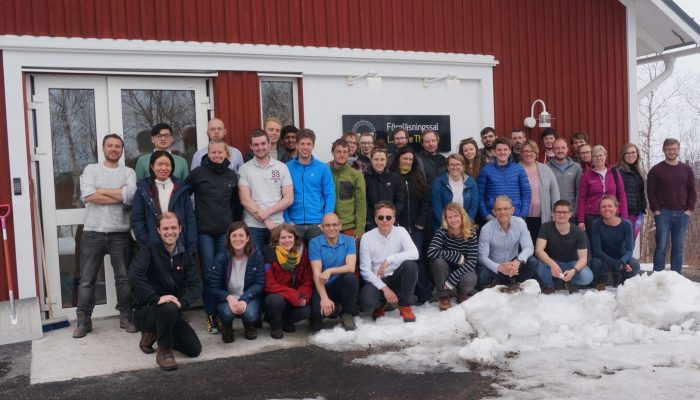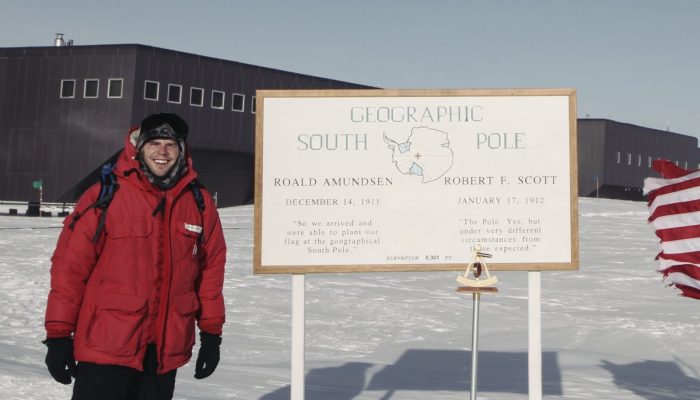Early career scientists studying polar climate are one lucky group! The 29 young scientists who took part in the 10 day Polar Prediction School this year were no exception. They travelled to Arctic Sweden to learn and discuss the challenges of polar prediction and to gain a better understanding of the physical aspects of polar research. The Year of Polar Prediction The Year of Polar Prediction (YO ...[Read More]
Image of the Week – Edible cryosphere at EGU 2018!

It is time again for the annual family meeting of the European Geosciences Union! A lot of interesting talks, posters and events are waiting for you! But this also means you will have to use your brain a lot to concentrate and understand what is going on… Every year, around 15,000 geoscientists meet in Vienna for the EGU General Assembly (see our guide to navigating EGU 2018). It is an exciting ev ...[Read More]
A brief guide to Navigating EGU 2018!

Are you going to the EGU General Assembly in Vienna in just over a week? If so, read on for a quick guide to navigating the week: Where to start, what to see and how to meet people and enjoy yourself! After all, the meeting is as much about the opportunities to meet scientists from all over the world as it is about the science itself. How on Earth do I know what is going on?! The EGU General Assem ...[Read More]
Image of the Week – Vibrating Ice Shelf!
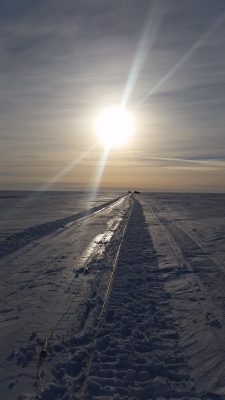
If you listen carefully to the Ekström ice shelf in Antarctica, a strange sound can be heard! The sound of a vibrating truck sending sounds waves into the ice. These sound waves are used to “look” through the ice and create a seismic profile of what lies beneath the ice surface. Read on to find out how the technique works and for a special Cryosphere Christmas message! What are we doing with this ...[Read More]
Mapping the bottom of the world — an Interview with Brad Herried, Antarctic Cartographer
Mapping Earth’s most remote continent presents a number of unique challenges. Antarctic cartographers and scientists are using some of the most advanced mapping technologies available to get a clearer picture of the continent. We asked Brad Herried, a Cartographer and Web Developer at the Polar Geospatial Center at the University of Minnesota, a few questions about what it’s like to do this unique ...[Read More]
Image of the week – Learning from our past!

Understanding the climate evolution of our planet is not an easy task, but it is essential to understand the past if we are to predict the future! Historic climate cycles provide us with a glimpse into a period of time when the Earth was warmer than it was today. Our image of the week looks at these warmer periods of time to see what they can tell us about the future! For example, during the Plioc ...[Read More]
Image of the week – Getting glaciers noticed!
Public engagement and outreach in science is a big deal right now. In cryospheric science the need to inform the public about our research is vital to enable more people to understand how climate change is affecting water resources and sea level rise globally. There is also no better way to enthuse people about science than to involve them in it. However, bringing the cryosphere to the public is a ...[Read More]
Image of the Week – Fifty shades of snow
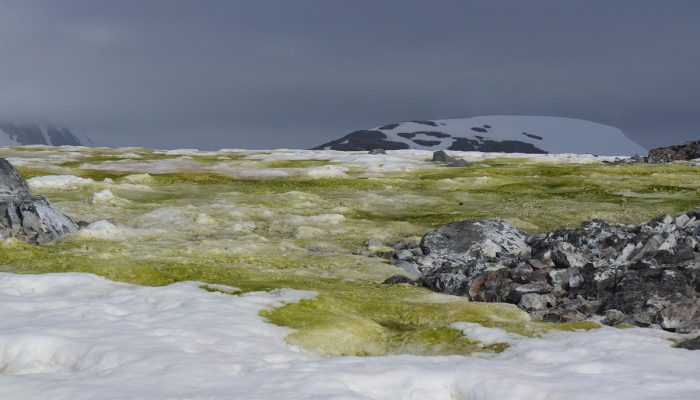
When I think of snow, I tend to either think about the bright white ski slopes in the mountains or the large white areas in the Arctic. However, natural phenomena can lead to colorful snow. Our Image of the Week shows snow can be green! Snow can also turn orange, pinkish, grey and even yellow… But where do these different shades of snow come from? White The most common color of snow is white (see ...[Read More]
Image of the Week – Far-reaching implications of Everest’s thinning glaciers
From 1984 to 2015, approximately 71,000 Olympic size swimming pools worth of water were released from the melting Khumbu Glacier in Nepal, which is home to Everest Basecamp. Find out how Himalayan glaciers are changing and the implications for downstream communities in this Image of the Week. Himalayan glaciers supply freshwater Himalayan glaciers supply meltwater for ~800 million people, includin ...[Read More]
Image of the Week – The Sound of an Ice Age
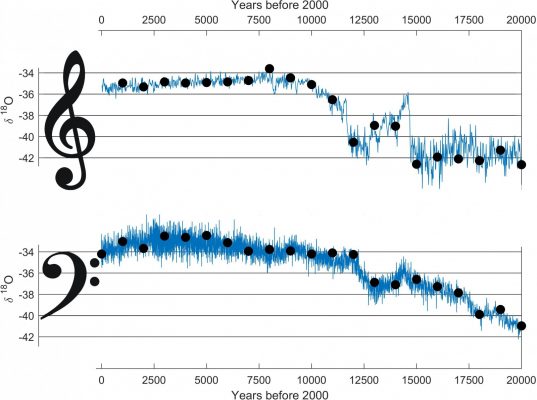
New Year’s Eve is just around the corner and the last “image of the week” of 2016 will get you in the mood for a party. If your celebration needs a soundtrack with a suitably geeky touch then look no further. Here is the music for climate enthusiasts: The sound of the past 60,000 years of climate. Scientist Aslak Grinsted (Centre for Ice and Climate, University of Copenhagen, Denmark) has transfor ...[Read More]

